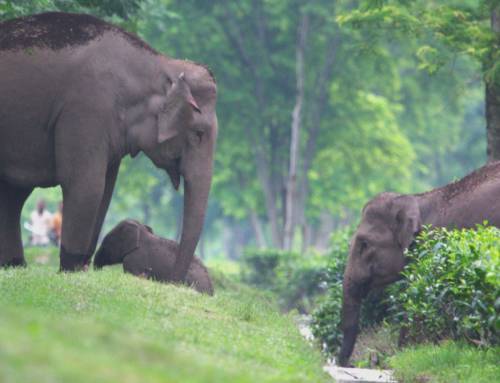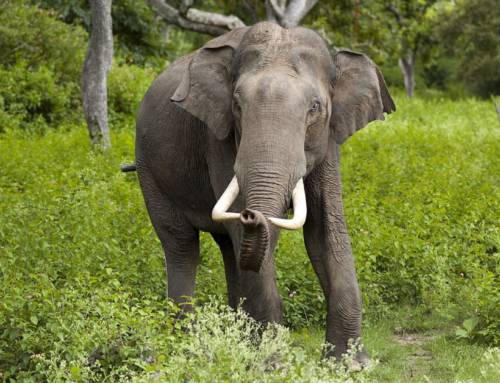Research Article: Karnad, D., Isvaran, K., Kar, C. S., & Shanker, K. (2009). Lighting the way: Towards reducing misorientation of olive ridley hatchlings due to artificial lighting at Rushikulya, India. Biological Conservation, 142(10), 2083–2088.
Blog Author: Simran Prasad
Key Highlights:
- Sea turtle hatchlings (young turtles) rely on visual cues to identify the sea. Artificial lighting on beaches has often become a visual cue for hatchlings.
- The authors examined the impact of artificial lighting on hatchling responses within a mass nesting site of the olive ridley turtle at Rushikulya, Odisha, which is part of the Indian Ocean region.
- The study focuses on wavelength and light intensity (provided by artificial light) and the impact this has on hatchlings over a 4.5 hour period. Through these findings, a model was created to factor hatchling misorientation probability.
- Results indicate a 50% misorientation of hatchlings over time due to artificial light.
- Coastal development recommendations include the identification of priority areas requiring adequate light management on the beach, with conservation implications on the survival of olive ridley turtles in the Rushikulya area.
Olive ridley (Lepidochelys olivacea) turtles favor, and often orient themselves toward shorter wavelengths and high-intensity light. The younger turtles (hatchlings) utilize these light preferences to find the sea, which is a notable visual cue for these turtles. However, due to coastal artificial light, which is often broad-spectrum and shorter wavelength, hatchlings are unable to identify the direction to the sea and tend to get misoriented, leading to higher mortality rates. Hatchlings orient themselves in masses, especially in areas that are home to large nesting sites. Rushikulya, located in Odisha, India, is a mass nesting beach site for olive ridley turtles. The primary artificial light areas are located across multiple areas: three villages that are in proximity to the beach, the Chennai-Kolkata National Highway, and a chemical factory near the beach.
To investigate the impact of artificial light on hatchling orientation, the authors used an experimental light source and a series of trials with the hatchlings to track orientation. Following this, movement of hatchlings toward the sea and land was monitored over a 4.5 hour period, and a model was created based on the probability of hatchling misorientation due to the experimental light source. The results indicated that olive ridley turtle hatchlings were directly impacted by wavelength and light intensity, and misoriented themselves by 50%.
The orientation model also indicated areas within the focal site that need to prevent light spillover, so that hatchling mortality due to misorientation can be avoided. The authors also identified that mitigation measures need to be used in tandem, and recommendations involving redirecting light that is close to the river and three villages, need to be conducted. In addition, the study also suggests the use of law and educational initiatives to reduce the mortality of hatchlings at a local level.
As increasing urbanization occurs, mass turtle nesting sites such as Rushikulya are at risk of increasing threats and pressures, especially toward hatchlings. In an effort to better understand and mitigate these impacts, light barriers could be used as a solution when factoring long-term coastal development and the allocation of resources to manage coastal areas. The development of these sites need to consider future light management planning initiatives along nesting sites. In addition, these issues do seem to stem from conflict over coastal resources in the area. Therefore, it is important to utilize management plans that can factor the rapid development of these sites. These solutions deployed in unison will help the survival of olive ridley turtle populations in an increasingly urbanized landscape, and create a future that can allow the species to thrive in the wild.
You can access the original article here.
Keywords: Casuarina equisetifolia, Intensity, Lepidochelys olivacea, Light barrier, Sea-finding, Wavelength




